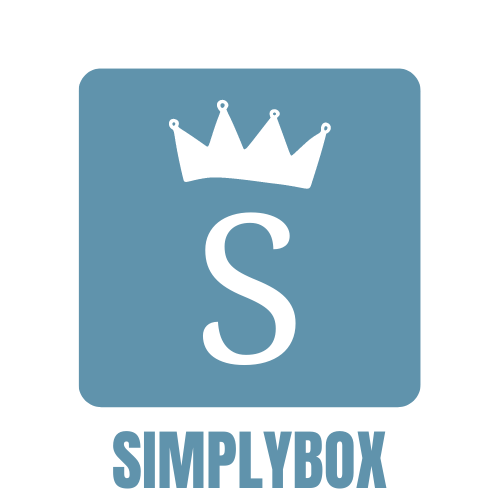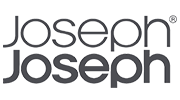Notice how similar this is to the journal entry we just made above, except instead of cash, we have interest payable, $2,550 right there, okay? So our interest payable, this is a liability in this case, right? Interest payable because we're going to pay it off tomorrow and that's increasing our liabilities.
- The corporation is also required to pay $100,000 of principal to the bondholders on the bond’s maturity date of December 31, 2028.
- If an organization following FASB standards issues the bond, the total issuance cost will be deferred and amortized over the life of the bond.
- Comparable bonds on the market will pay out $55,000 over this same time frame.
- Conversely, if the prevailing interest rate is below the stated rate, bonds will be issued at a premium.
- Issuing bonds – A journal entry is recorded when a corporation issues bonds.
Role of Coupon Rates in Pricing
Since this 9% bond will be sold when the market interest rate is 8%, the corporation will receive more than the bond’s face value. Let’s examine the effect of a decrease in the market interest rates. First, let’s assume that a corporation issued a 9% $100,000 bond when the market interest rate was also 9% and therefore the bond sold for its face value of $100,000. The market value of an existing bond will fluctuate with changes in the market interest rates and with changes in the financial condition of the corporation that issued the bond. For example, an existing bond that promises to pay 9% interest for the next 20 years will become less valuable if market interest rates rise to 10%. Likewise, a 9% bond will become more valuable if market interest rates decrease to 8%.
How Josh Decided It Was Time to Finish His CPA
Essentially, the company incurs the additional interest, amounting to $7,024, at the time of issuance by receiving only $92,976 rather than $100,000. The accounts that are highlighted in bright yellow are the new accounts you just learned. Those highlighted in light yellow are the ones you learned previously.
- When a bond is sold at a premium, the amount of the bond premium must be amortized to interest expense over the life of the bond.
- As a result, your corporation’s semi-annual interest payments will be higher than what investors could receive elsewhere.
- During each of the subsequent years 2025, 2026, 2027, and 2028 the corporation will have twelve months of interest expense equal to $9,000 ($100,000 x 9% x 12/12).
- Another incentive car manufacturers may offer is a rebate, which is an up-front reduction off the purchase price, similar to a coupon for a food purchase.
- Both the above are two types of debt instruments available for investing in financial market, through which companies raise funds for financing operations.
- The interest of 6% is payable semi-annually on 2 January and 1 July.
Premium on Bonds Payable with Straight-Line Amortization
The format of the journal entry for amortization of the bond discount is the same under either method of amortization – only the amounts recorded in each period will change. Companies do not always issue bonds on the date they start to bear interest. Regardless of when the bonds are physically issued, interest starts to accrue from the most recent interest date. Firms report bonds to be selling at a stated price “plus accrued interest.” The issuer must pay holders of the bonds a full six months’ interest at each interest date. Thus, investors purchasing bonds after the bonds begin to accrue interest must pay the seller for the unearned interest accrued since the preceding interest date. The bondholders are reimbursed for this accrued interest when they receive their first six months’ interest check.
If a company’s stock is publicly traded, earnings per share must appear on the face of the income statement. The difference between the present value of $67,600 and the single future principal payment of $100,000 is $32,400. This $32,400 return on an investment of $67,600 gives the investor an 8% annual return compounded semiannually. In our example, there will be interest payments of $4,500 occurring at the end of every six-month period for a total of 10 six-month or semiannual periods.
Banks and other traditional lending sources are one option where the corporation may go to take out a loan for the full amount needed. The difference between the face value of the bonds ($100,000) and the cash ABC Corporation receives ($98,000) is $2,000. “Discount on Bonds Payable” is a concept related to bonds that are issued at a price less than their face value.
Capital Lease Accounting and Finance Lease Accounting under ASC 842 Explained with a Full Example
(Some corporations have preferred stock in addition to their common stock.) Shares of common stock provide evidence of ownership in a corporation. Holders of common stock elect the corporation’s directors and share in the distribution of profits of the company via dividends. If the corporation were to liquidate, the secured lenders would be paid first, followed by unsecured lenders, preferred stockholders (if any), and lastly the common stockholders. The following T-account shows how the balance in Discount on Bonds Payable will be decreasing over the 5-year life of the bond. At Finance Strategists, we partner with financial experts to ensure the accuracy of our financial content.
So on the balance sheet, carry value is $ 102,577 which is the present value of cash flow. For example, if a company issues a bond with a face value of $1,000 for $950, it would record a “Discount on Bonds Payable” of $50. Over time, this $50 would be amortized and recognized as interest expense, thereby increasing the total interest expense the company recognizes over the life of the bond. Journal entries usually dated the last day of the accounting period 6 free online bookkeeping courses with certificates to bring the balance sheet and income statement up to date on the accrual basis of accounting. The balance sheet reports information as of a date (a point in time).
A non -current liability will be for long term and will mature after a year. The difference is the amortization that reduces the premium on the bonds payable account. It is also true for a discounted bond, however, in that instance, the effects are reversed. The second way to amortize the discount is with the effective interest method. This method is a more accurate amortization technique, but also calls for a more complicated calculation, since the amount charged to expense changes in each accounting period.
The systematic reduction of a loan’s principal balance through equal payment amounts which cover interest and principal repayment. The systematic allocation of the discount, premium, or how do people and companies avoid paying taxes issue costs of a bond to expense over the life of the bond. Recall that this calculation determines the present value of the stream of interest payments only. The present value of the maturity amount will be calculated next. Recall that this calculation determined the present value of the stream of interest payments.
When a bond is issued at a premium, the premium amount is recorded as an additional liability and amortized over the life of the loan. The recorded interest expense is less than the statement amount as a result of the premium amortization. When determining how to account for a bond, multiple aspects must be considered. First, we consider what components of the bond will need to be recorded. Second, we establish what area of the financial statements are impacted by issuing the bonds. Normally bonds fall under the category of non-current liability and may solvency vs liquidity be issued at a discount, a premium or at par.









